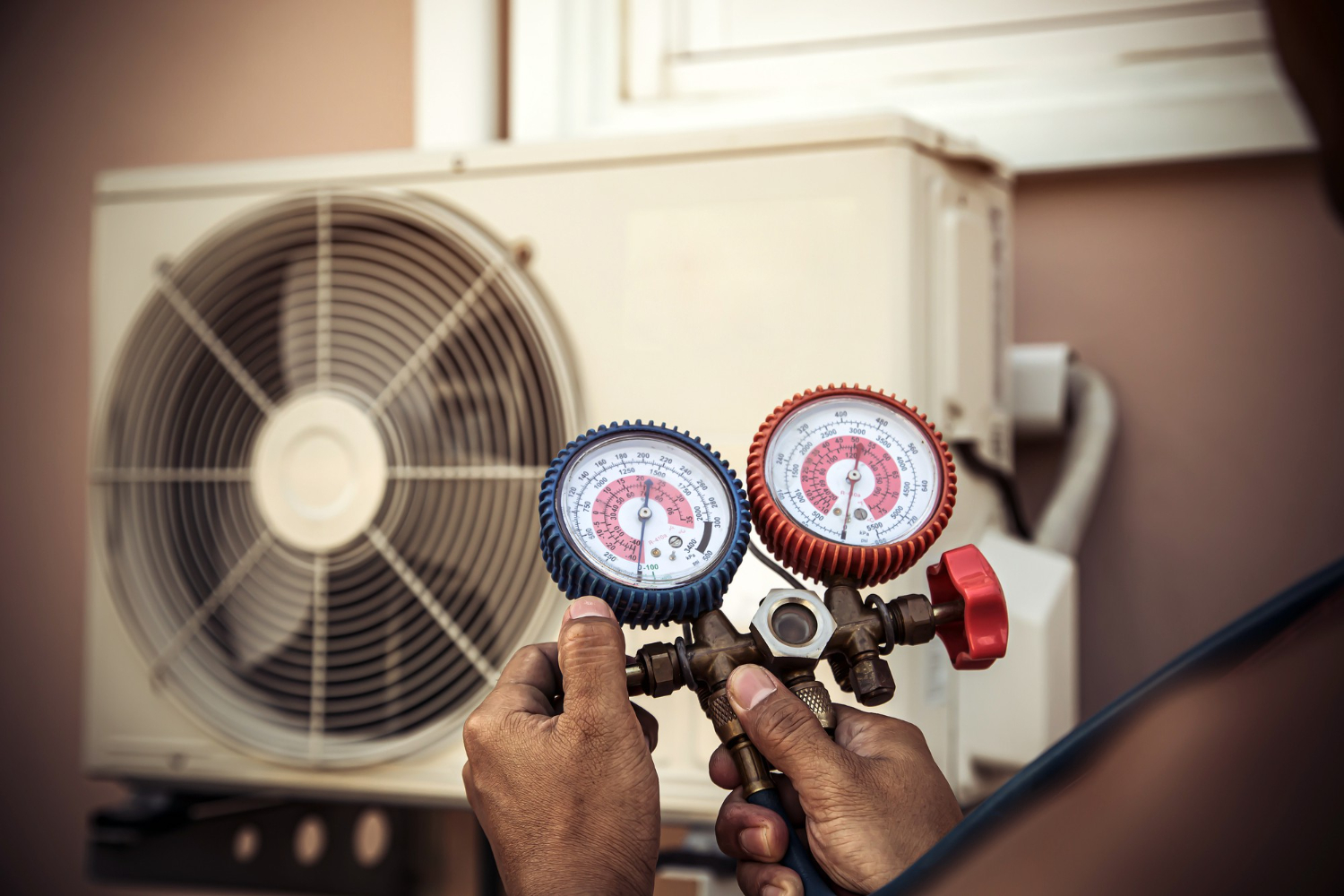Heat pump installation in new constructions offers numerous benefits, making it an appealing choice for homeowners and builders. Heat pumps provide an efficient way to regulate indoor temperatures throughout the year. They work by transferring heat rather than generating it, which makes them both energy-efficient and cost-effective.
Advantages of Heat Pump Installation in New Constructions
Overview of Key Benefits
Heat pumps offer several key benefits for new constructions. One significant advantage is their energy efficiency. Heat pumps transfer heat instead of generating it, making them up to three times more efficient than traditional heating systems. This efficiency translates into lower energy bills for homeowners and a smaller carbon footprint.
Another benefit is the dual functionality. Heat pumps can both heat and cool a building, eliminating the need for separate systems. This versatility simplifies the HVAC setup in new constructions and can save on installation costs. The advanced technology in modern heat pumps also ensures more consistent temperatures and improved indoor air quality, contributing to a comfortable living environment.
Environmental and Cost Considerations
From an environmental perspective, heat pumps are a green choice. They produce fewer greenhouse gases compared to conventional systems that rely on fossil fuels. This makes them an excellent option for those looking to reduce their environmental impact. Using renewable energy sources further enhances the eco-friendliness of heat pumps, making them compatible with sustainable building practices.
Cost considerations are also important when installing a heat pump. While the initial investment may be higher than traditional systems, the long-term savings on energy bills can offset the upfront costs. Heat pumps generally require less maintenance, reducing the ongoing expenses and potential repair costs. Additionally, some heat pump models may qualify for tax incentives or rebates, providing financial benefits beyond energy savings.
Types of Heat Pumps Suitable for New Buildings
Air-Source Heat Pumps
Air-source heat pumps are a popular choice for new buildings. They work by extracting heat from the outside air and transferring it indoors. These systems are efficient and easy to install, making them ideal for residential and commercial settings. Air-source heat pumps can operate efficiently even in colder climates, thanks to advancements in technology that allow them to extract heat from the air at lower temperatures.
One advantage of air-source heat pumps is their relatively lower installation cost compared to other types. They also require less space, making them suitable for buildings with limited outdoor areas. Modern air-source heat pumps come with features like variable-speed compressors and smart thermostats, which enhance their energy efficiency and performance.
Ground-Source Heat Pumps
Ground-source heat pumps, also known as geothermal heat pumps, are another option for new constructions. These systems utilize the stable temperatures found underground to heat and cool a building. Ground-source heat pumps are highly efficient and can provide significant energy savings over time.
While the installation of ground-source heat pumps is more complex and requires more space, they offer several benefits. They are typically more efficient than air-source heat pumps and have a longer lifespan. Ground-source heat pumps also provide consistent performance regardless of outdoor temperature fluctuations. This makes them a reliable choice for maintaining comfort in new buildings year-round.
Factors to Consider During Installation
Proper Sizing of the Heat Pump
Proper sizing is essential for the effective operation of a heat pump. An improperly sized heat pump can lead to inefficiencies, higher energy costs, and reduced comfort. If a unit is too small, it will struggle to heat or cool the space, leading to excessive wear and tear. On the other hand, a unit that is too large will cycle on and off frequently, causing significant energy waste and potential damage over time.
Our professionals assess various factors to determine the appropriate size of the heat pump. They consider the building’s square footage, insulation levels, and the local climate. By conducting a detailed load calculation, they ensure the heat pump meets the specific heating and cooling demands of the new construction. This meticulous approach guarantees that the system operates efficiently and provides optimal comfort.
Placement and Installation Specifics
The placement of the heat pump also plays a crucial role in its performance. An outdoor unit should be placed in an area with good airflow and minimal obstructions. Proper placement helps the unit operate more efficiently and prevents unnecessary strain. Our professionals also ensure that the indoor components are installed correctly, with adequate space for maintenance and airflow.
During installation, our technicians adhere to manufacturer guidelines and industry best practices. They check electrical connections, ductwork integrity, and refrigerant levels. Ensuring all components are properly installed helps prevent future issues and enhances the system’s reliability. By paying close attention to these specifics, we ensure that the heat pump delivers consistent and efficient performance.
Maintenance Tips to Ensure Longevity and Efficiency
Routine Maintenance Tasks
Routine maintenance is key to prolonging the lifespan of your heat pump and maintaining its efficiency. Simple tasks, such as changing air filters regularly, can make a significant difference. Filters should be checked monthly and replaced as needed to ensure proper airflow and reduce strain on the system. Keeping the outdoor unit free from debris, such as leaves and dirt, also helps maintain optimal performance.
Additionally, checking the thermostat settings and ensuring they are programmed correctly can prevent unnecessary cycles and energy waste. These routine tasks can easily be incorporated into a regular maintenance schedule, helping to keep your heat pump running smoothly.
Importance of Periodic Professional Inspections
While routine maintenance can be performed by the homeowner, periodic professional inspections are essential for thorough upkeep. Our professionals provide detailed inspections that cover all aspects of the heat pump system. They check for refrigerant leaks, inspect electrical components, and test the overall efficiency of the unit.
Regular inspections allow for early detection of potential issues, preventing costly repairs and ensuring the system operates at peak efficiency. Scheduling annual or bi-annual professional maintenance can help you avoid unexpected breakdowns and extend the life of your heat pump. Ensuring professional care of your system guarantees long-term reliability and performance.
Conclusion
Proper heat pump installation is crucial for the comfort and efficiency of new constructions. By understanding the key benefits, selecting the appropriate type of heat pump, and considering critical factors during installation, you can optimize your HVAC system for long-term performance. Regular maintenance, both routine and professional, further ensures the longevity and efficiency of your heat pump.
At Vardell’s AC, we are dedicated to providing top-quality heat pump installation in Yuba City, CA. Our experienced professionals are here to guide you through every step of the process, from selecting the right system to ensuring it operates efficiently. Reach out to us today to schedule and experience the benefits of a well-maintained HVAC system!



